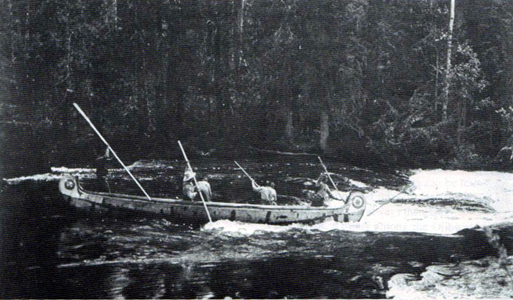
Illustrations
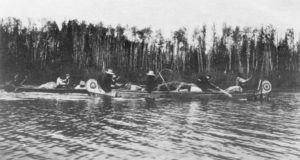
Figure 104. Two photos of the same Type B-2 canoe en route on the Missinaibi River in 1901: cruising loaded and poling down rapids while empty (Canadian Museum of Civilization, No. 7131 upper and 7127 lower).

Figure 134. Surviving full size voyaging canoes. From top to bottom: Quebec Canoe (Type A-1), Royal Canoe (Type B-1), Ojibwa Canoe (Type B-2), Sault Canoe (Type B-2).
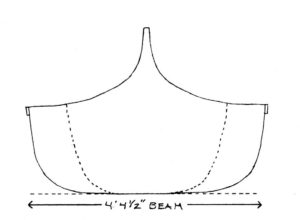
Figure 62. Quebec Canoe: Body plan of the freight canoe. The broken line indicates the approximate position of the largest rib in the Figure 65 photo.
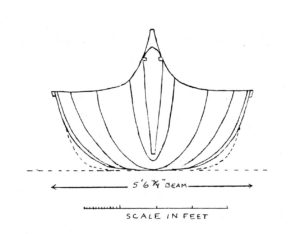
Figure 63. Royal Canoe: Body plan of an express canoe. The broken line indicates the typical contours of a standard freight canoe.

Figure 40. Fur Trade Canoe Types, with Sizes, Crews, and Carrying Capacities

Figure 139. LeMaitre, Auger, DuGuay, Lottinville, and Leclerc canoe-building families of the Trois-Rivières/Lac St. Pierre region.
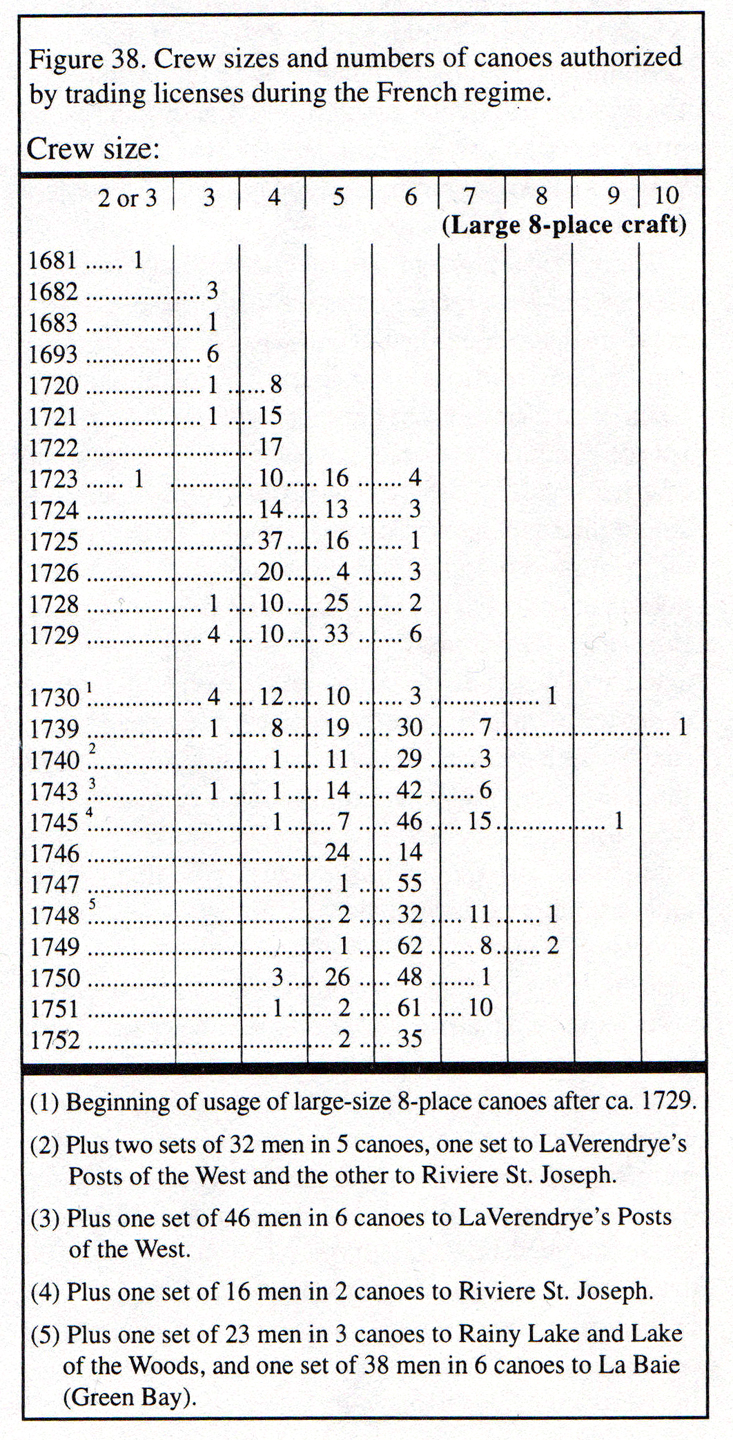
Figure 38. Crew sizes and numbers of canoes authorized by trading licenses during the French regime.
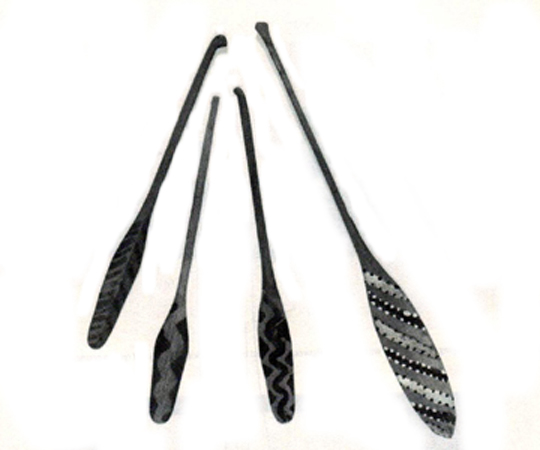
Figure 86. Paddles fashioned ca. 1740s-1750s in New France to accompany a Type A-1 voyaging canoe model and figurines.

Figure 100. Cooking containers. French era: A-B. kettles, D-E. pots with interior-fitting covers, G. pot with exterior-fitting cover/skillet/saucepan combination, J. tin coffee/chocolate pot; British-American era: I. pot with exterior-fitting cover.

Figure C-1. Royal Canoe: Painted decorations.

Figure C-2. Varden Canoe: Painted ornamentation.
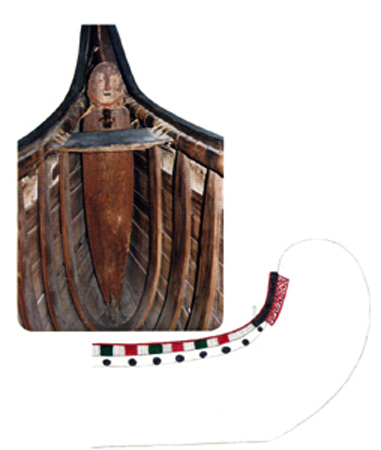
Figure C-8. Ojibwa Canoe: Painted headboard at bow.
Figure C-9. Ojibwa Canoe: Painted motif of gunwales, reinforcement bark strip, and deck piece.
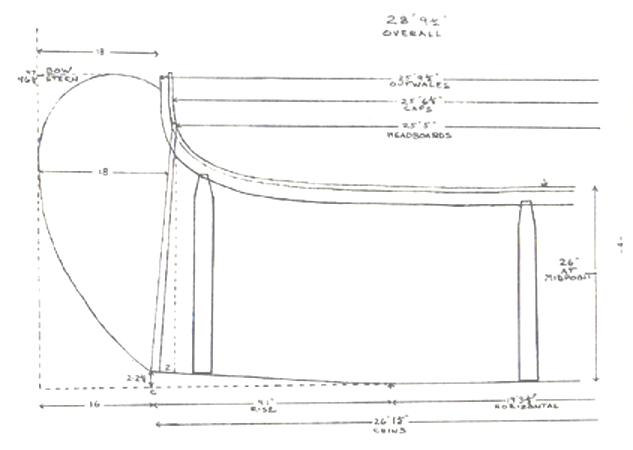
Figure 3. Royal Canoe: Hull profile and dimensions.

Figure 28. Royal Canoe: End frame unit, with only the visible string wrapping indicated. A. stempiece, B. headboard, C. braces, D. batten, E. inwale, F. outwale.
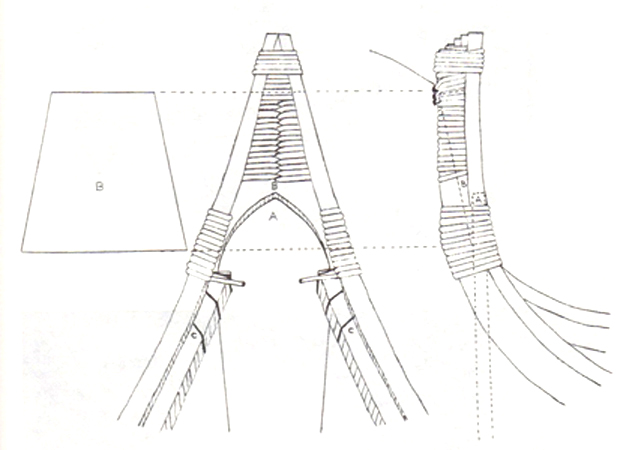
Figure 20. Royal Canoe: Gunwale ends and bark deck piece. A. headboard, B. bark deck piece, C. string wrappings on inwale tips.
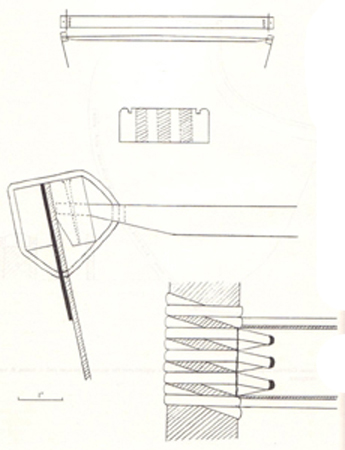
Figure 31. Royal Canoe: Thwarts.
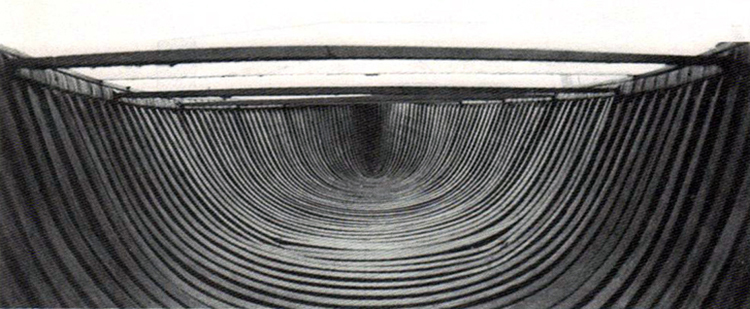
Figure 34. Royal Canoe: Profile of ribs and thwarts.

Figure 35. Royal Canoe: Curvature of ribs.
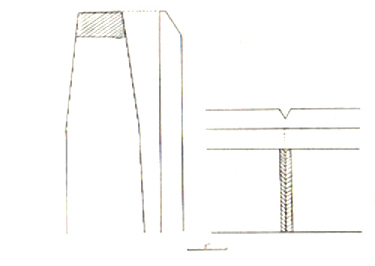
Figure 36. Royal Canoe: Ribs, with endmost ones grooved at midpoint for sharp V bend.
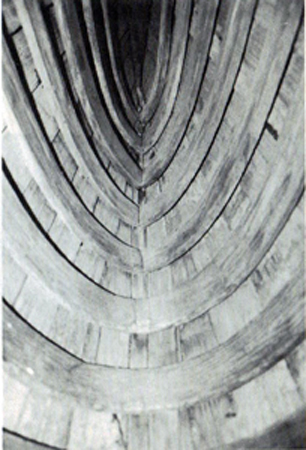
Figure 37. Royal Canoe: Bend of the endmost ribs.
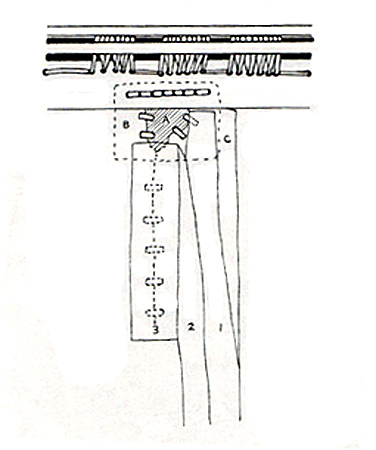
Figure 17. Royal Canoe: Wall repair. A. puncture hole, B. bark patch on interior, C. fabric sealant strip on wall seam, 1-2-3. fabric sealant strips of repair, in the order in which they were applied.
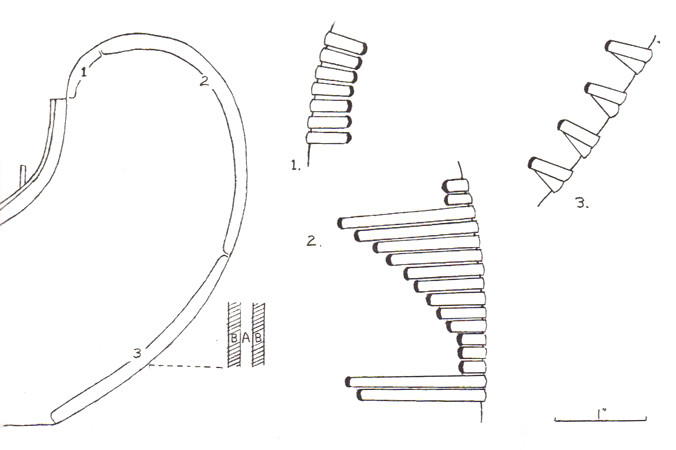
Figure 63. Ojibwa Canoe: Root lashings of cutwater edge. A. stempiece, B. bark wall panels.

Figure 61. Ojibwa Canoe: Headboards. A. stempiece, B. braces, C. wedge, D. holes and strings, E. pegs, F. notch in stempiece.
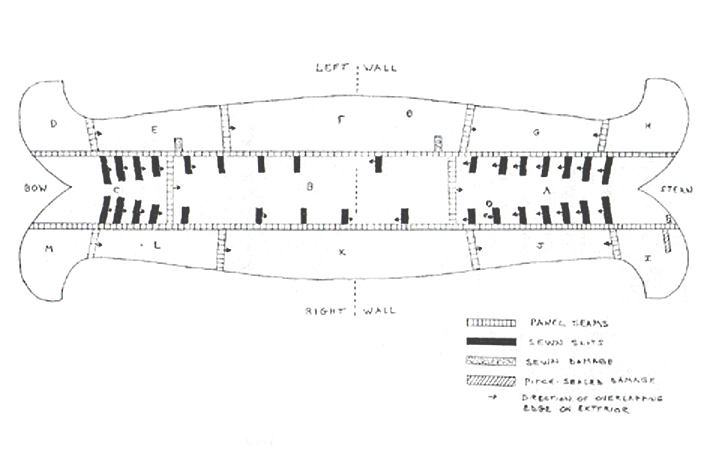
Figure 85. Sault Canoe: Bark cover.
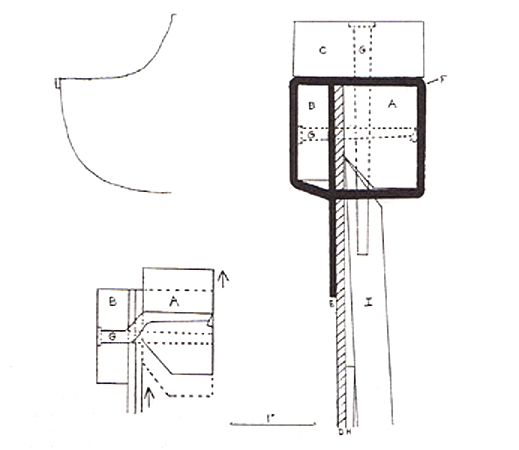
Figure 90. Sault Canoe: Cross section of gunwales and inwale displacement. A. inwale, B. outwale, C. gunwale cap, D. bark wall, E. reinforcement bark strip, F. root lashings, G. nails, H. sheathing, I. rib.
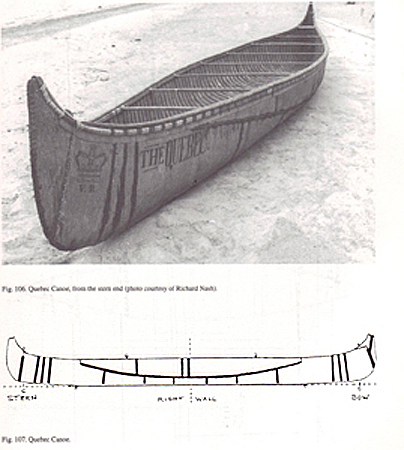
Figure 106 (top). Quebec Canoe, from the stern end (photo courtesy of Richard Nash).
Figure 107 (bottom). Quebec Canoe.
